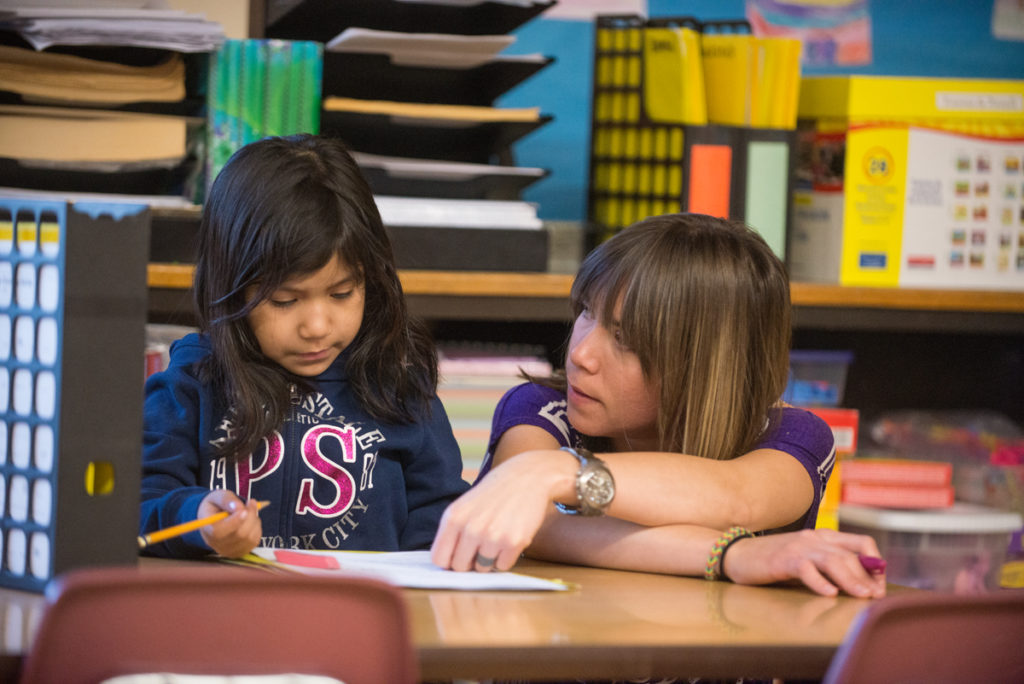
Recently I left my coat in a classroom in northern California, lost the cover for my Blackberry somewhere between California and Greenfield, Massachusetts, and made a pot of soup for dinner that was inedible. There was a time in my life when mistakes like these would have left me undone. I would have felt mortified and chastised myself for days. One of the blessings of aging is that I’m learning to be easier on myself when I make mistakes.
I’m even learning to appreciate that mistakes sometimes yield unexpected fruit. Retrieving my coat gave me another chance to connect with the kind and interesting administrator at that school in northern California. I had a funny conversation about the color pink with a salesclerk while I shopped for a new Blackberry cover. And, my sweet husband told me that the bad soup just made him appreciate my usual cooking even more.
I wish I had learned how to bounce back from mistakes when I was younger. Fear and embarrassment about making mistakes can be a real hindrance to children’s learning. Teachers can help. Here are a few ideas for helping students develop confidence and skills in this area:
Sometimes, without meaning to, we make children feel shame or humiliation when they mess up. Take a breath or two before responding when a child makes a mistake. Resist using a sarcastic tone. Assume the child’s intentions were sincere and focus on using language to help him or her keep learning.
Children’s books can help reframe mistakes as opportunities for growth. Beautiful Oops by Barney Saltzberg is a great example. It is a very interactive book in which artistic mistakes lead to beautiful outcomes: a torn piece of paper becomes an alligator’s mouth, and “a smudge and a smear can make magic appear.” For older students, try Accidents May Happen by Charlotte Jones, in which the author shares how mistakes or mishaps led to inventions or discoveries like ice-cream sodas, Worcestershire sauce, the yo-yo, cellophane, liquid paper, and dynamite.
When tasks have only right-or-wrong answers, children may become overly focused on avoiding mistakes. Open-ended questions and projects encourage creativity and problem-solving, helping students see mistakes as part of the learning process rather than something to fear.
Being open about mistakes helps normalize them. When adults share their own experiences—along with what they learned—it models resilience and the importance of persistence. Seeing mistakes as valuable learning moments helps students develop a growth mindset. By being transparent, we model the process of bouncing back from mistakes for students.
Encourage discussions where children can talk about their mistakes and what they learned. Whether in academic or social settings, reflecting on missteps helps students build confidence, problem-solving skills, and a more positive attitude toward challenges.
Margaret Berry Wilson is the author of several books, including: The Language of Learning, Doing Science in Morning Meeting (coauthored with Lara Webb), Interactive Modeling, and Teasing, Tattling, Defiance & More.